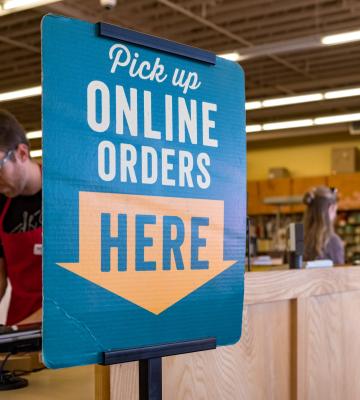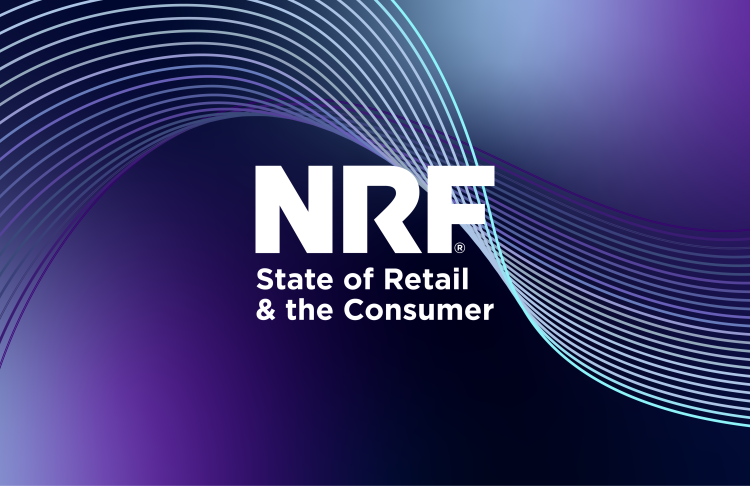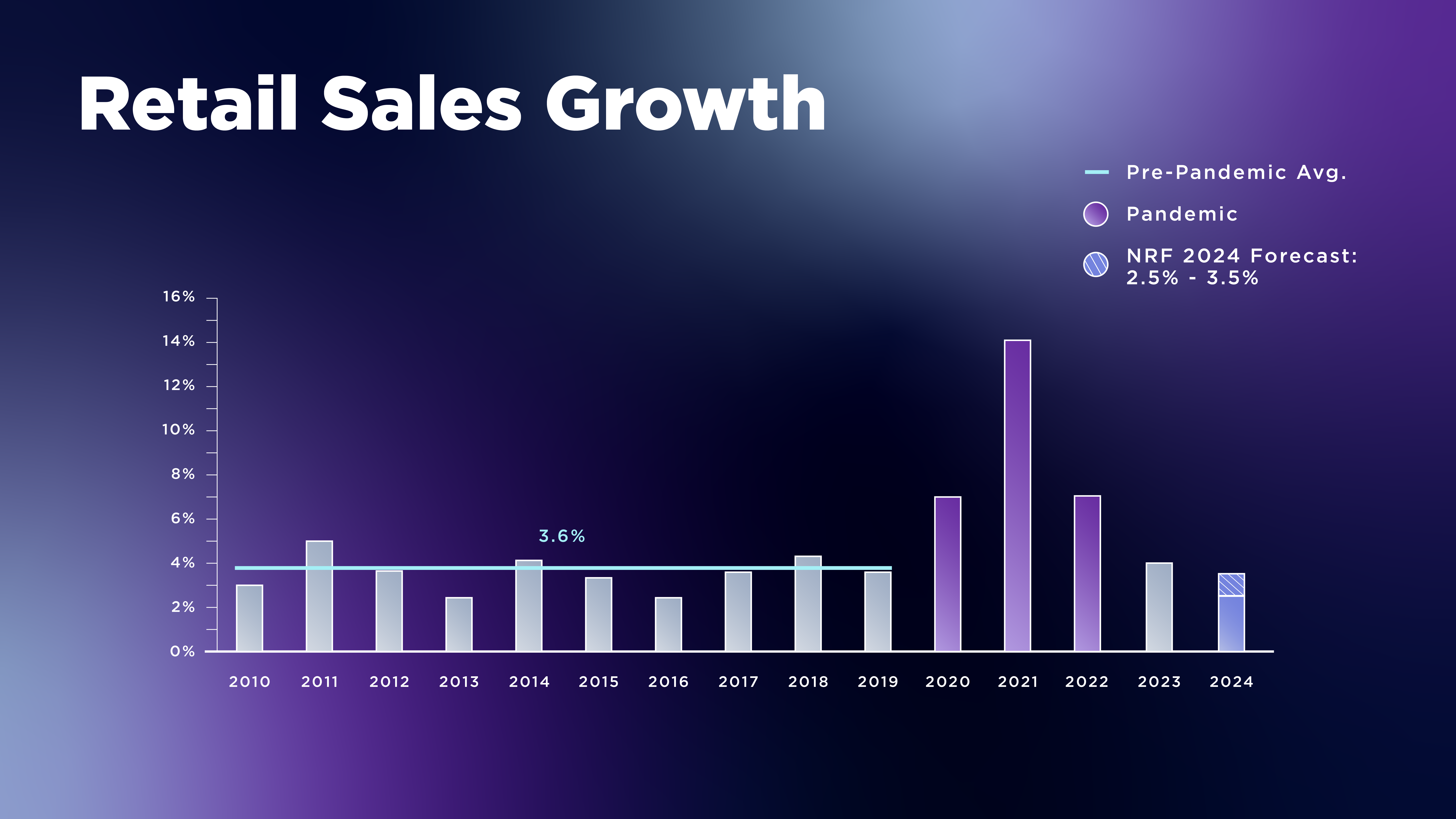The retail industry has been undergoing an enormous transformation, especially during the pandemic as it accelerated digital offerings and adapted quickly to new customer needs. What is the future of retail in a post-pandemic world and beyond?
NRF forecasts that retail sales will increase in 2024 between 2.5% and 3.5% to between $5.23 trillion and $5.28 trillion. This compares with last year's 3.6% annual sales growth of $5.1 trillion.
*NRF retail sales figures exclude automobiles, gas stations and restaurants.

Online, in-store and everything in between
Successful retailers are reimagining their offerings to meet consumers both online and in-store, creating an integrated experience that blends channels. Retailers are driving this transformation through innovative thinking and smart investments that improve the customer experience regardless of how they want to shop.
Ecommerce is not separate from retail … it’s all retail
- 9 of the top 10 ecommerce websites are run by retailers that also operate bricks-and-mortar stores
Ecommerce levels peaked in April 2020 at almost 19% of retail sales. Since then, levels have dropped to 15% — higher than pre-pandemic but lower than the highest levels in early 2020.
Ecommerce isn’t the only driver of growth: By the end of 2021, ecommerce’s share of total retail sales actually shrank slightly over the prior year. Industry-wide, online sales still only account for c. 15% of all retail sales. Digital marketplaces are helping the industry grow, particularly small and medium sized retailers.
The role of stores is evolving and still critical to consumer experience
80% of all shopping still happens in stores.
Retail store counts continue to grow with the industry and the broader economy, despite the growing share of ecommerce. In fact, the role of the store is evolving to support buying across all channels.
- NRF surveys show that over 50% of retailers currently offer, or plan to offer, ship-from-store capabilities
- Almost two-thirds of retailers currently offer or plan to offer buy online, pick up in store (BOPIS)
- Ecommerce and in-store retail complement each other and often create a “halo effect” — ICSC finds opening a new store increases traffic to that retailer’s website by an average of 37% and drives up share of web traffic within that market by 27%
According to the Bureau of Labor Statistics, as of Q3 2020, there were 1,045,422 retail establishments in the United States, up 4,801 versus Q2 2020, representing the highest Q3 establishment count in the last decade.
The pandemic accelerated many existing trends in the retail industry with respect to fulfillment and logistics, purchasing behavior and payments, and shoppable media. When COVID-19 struck, retailers were able to leverage years’ worth of investments to deliver safe, convenient shopping experiences to their employees and customers in the face of unprecedented demand and disruption.
Experts are re-evaluating how to measure success.
As the evolution of retail continues, many experts are questioning the value of long-standing metrics like same-store sales and wondering how the new retail industry can be measured more accurately.
Data on retail employment needs to be modernized.
Retail is the largest private-sector employer in the country, supporting 42 million jobs overall — roughly one-quarter of the U.S. workforce. But Bureau of Labor and Statistics jobs numbers are very outdated and need to be re-thought. BLS numbers don’t count retail jobs outside of stores, such as those in company headquarters, warehouses, distribution and fulfillment centers, call centers and more.


